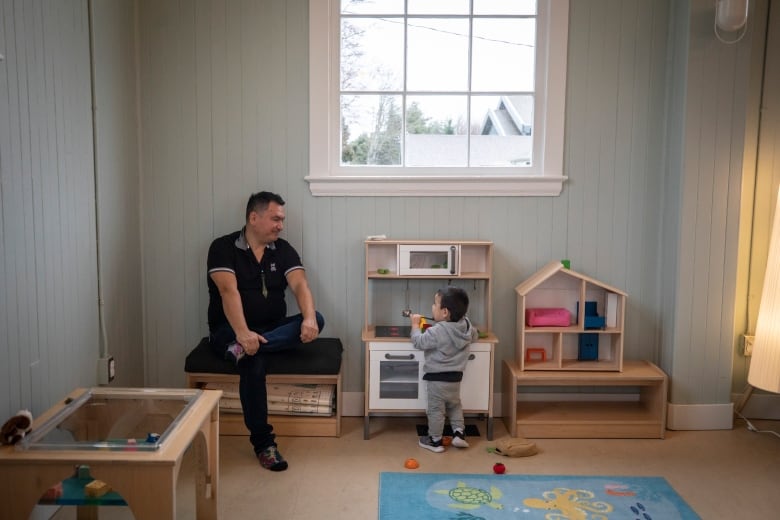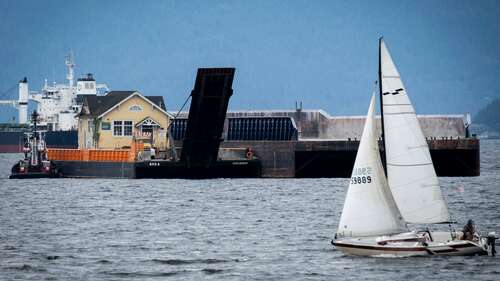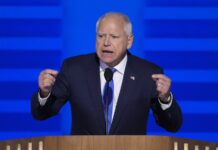A yellow 112-year-old schoolhouse is shining in North Vancouver, B.C., as a beacon of hope that the Squamish language will live on for generations to come.
The Squamish Nation Language Nest Program opened Friday in its new, permanent home, ta tsíptspi7lhḵn, which translates to “voices of the nest” in Sḵwx̱wú7mesh Sníchim, the Squamish language.
The Henry Hudson building in Vancouver’s Kitsilano neighbourhood was set to be demolished by the Vancouver School Board to make way for a new elementary school, until the Squamish Nation saved it in the eleventh hour.
After a journey across the Burrard Inlet on a barge in August, the schoolhouse was renovated, with education for little ones in mind.
The Henry Hudson Elementary school building was located in the Kitsilano neighbourhood for over a century. Now, it’s being moved to the Squamish Nation reserve on the North Shore.
Now, Squamish babies and toddlers will have a permanent space to participate in the Language Nest, an immersive early education program almost entirely in Sḵwx̱wú7mesh Sníchim.
‘Critically endangered’ language
Among the program’s pupils is Squamish Hereditary Chief Xalek/Sekyu Siyam Ian Campbell’s almost two-year-old son, Wakaystn Campbell, who has been in the program since he was six months old.
“In the last few weeks he said his first words in Squamish, which comes from one of the songs that we sing daily, and it was just such a beautiful, proud moment,” said Campbell, who is also an elected councillor for the Squamish Nation.
He said enrolling his son is important to him because his parents survived residential schools where they were forbidden from speaking their language.
“I was fortunate to be raised with our language through my late grandparents, and now that I’m a father, I feel that deep responsibility to pass on the knowledge that I learned from my elders and mentors,” said Campbell.
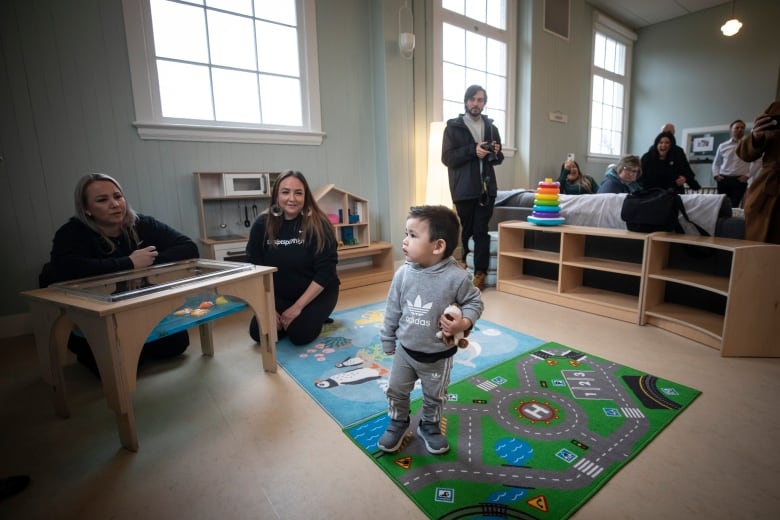
In 2010, the Squamish Nation declared its language “critically endangered” with only 10 fluent speakers at the time.
Now, Campbell said seeing the babies and toddlers learning together, as well as older students at the Capilano Little Ones School, is a “beautiful continuity of tradition.”
“It’s been amazing to see the language, the stories, the songs, the culture put in action,” he said. “They’re learning how to speak it and use it in a Squamish context, in ceremony, being on the land and with each other.”
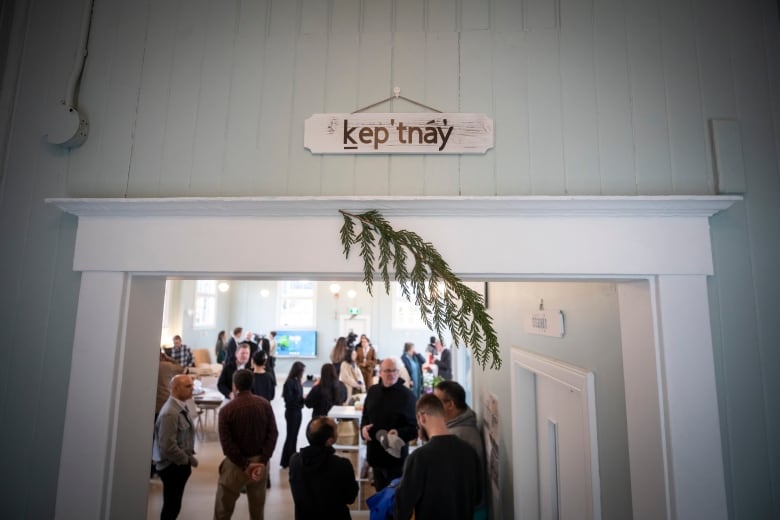
Head teacher Kaiya Williams says seeing the new space is “surreal” and she is grateful to have it.
“We went from almost not having a home for our language nest to all of the sudden saying, okay, this big yellow house is gonna come over and it’s going to be our forever home,” she said.
“As soon as we stepped foot in this building, it felt like home.”
Teachers at the school speak almost entirely in Sḵwx̱wú7mesh Sníchim, Williams said, adding that the space is set up so parents and families can join programming, sharing a cup of coffee or a meal around a kitchen table or sitting together with their children on the couch.
Campbell says the transformation of the building, which was originally established near the Squamish village of Sen̓áḵw at the mouth of False Creek, is an example of reconciliation.
Campbell said the school was originally built “at a time when Squamish people were deemed as squatters in our own land in downtown Vancouver.”
“By 1913, we were forcibly removed from any of our villages around False Creek in Vancouver,” he said, adding that the original school building itself did not reflect Indigenous epistemologies.
“It’s not about blame, shame and judgment and looking at the past,” said Campbell. “It’s how do we draw forward more collaboration and a common sort of shared value on purpose, and that’s really about our children.”
